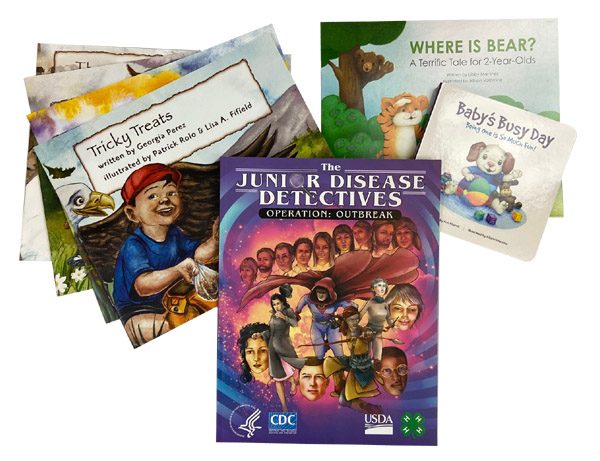

The few cases of presumed transmission occurred in situations where respiratory transmission has not been completely excluded.


Pickering, “Longitudinal monitoring of SARS-CoV-2 RNA on high-touch surfaces in a community setting,” Environmental Science & Technology Letters, pp. For higher viral bio burden scenarios, disinfection with CDC recommended disinfectants like 1000 ppm bleach solution or 70% ethanol were effective in reducing infection rates to below 1 in 1 million. Simulations show that in conditions with low viral bioburdens, median infection rates were below 1 in 1 million with or without disinfection. High touch surfaces like door handles and faucets and most likely to facilitate coronavirus transmission and these should be targeted for disinfection. Summary: The authors used quantitative microbial risk assessment to relate the effectiveness of surface disinfection to COVID-19 infection risk.Reynold, “Modeling COVID-19 infection risks for a single hand-to-fomite scenario and potential risk reductions offered by surface disinfection,” American Journal of Infection Control, vol. This website is developed as a part of the world's largest public domain archive, PICRYL.CDC Science Brief: SARS-CoV-2 and Surface (Fomite) Transmission for Indoor Community Environments law and are therefore in the public domain. The Library provides Congress, the federal government and the American people with a rich, diverse and enduring source of knowledge to inform, inspire and engage them and support their intellectual and creative endeavors.ĭisclaimer: A work of the Library of Congress is "a work prepared by an officer or employee" of the federal government "as part of that person's official duties." In general, under section 105 of the Copyright Act, such works are not entitled to domestic copyright protection under U.S.
CDC LIBRARY BOOKS ARCHIVE
The objects in this archive are from Library of Congress - the nation’s first established cultural institution and the largest library in the world, with millions of items including books, recordings, photographs, maps and manuscripts in its collections.


 0 kommentar(er)
0 kommentar(er)
